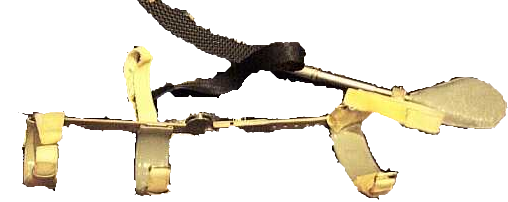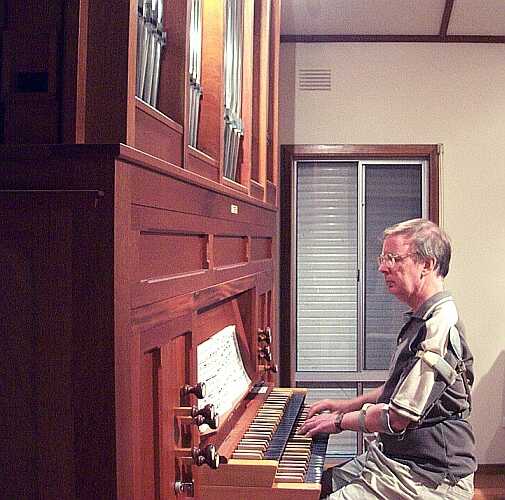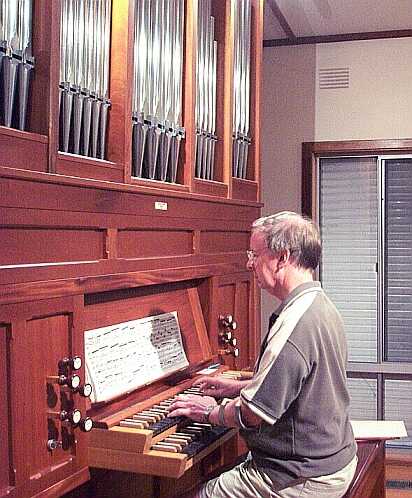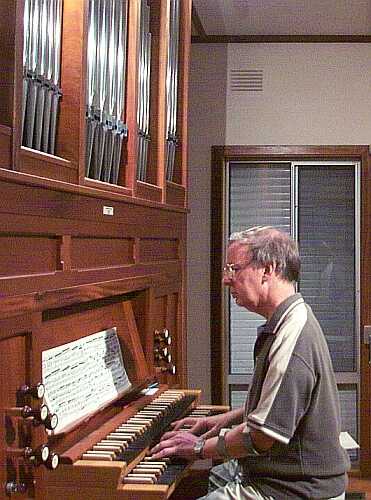
In
Australia, as in many other countries polio was a major health problem
until the early 1950's when effective vaccines became available.
Frequently
those affected were very young children who often suffered partial or
total
limb paralysis and in the worst cases major breathing dysfunction.
Thankfully
this illness is no longer a major health problem and although it is not
yet completely eradicated, major health initiatives in the remaining
countries
where polio still persists make eradication a realistic goal within the
next few years.

Unfortunately
the initial effects of polio are not the end of the story so far as
polio
sufferers are concerned. Often, some 30 or 40 years after the initial
illness,
polio sufferers (many of who may have partially recovered function)
encounter
renewed deterioration often coupled with increasing lack of energy and
inability to carry on with normal activities. This late deterioration,
which occurs to some extent in up to 70% of polio sufferers, is known
as
"Post Polio Syndrome" (PPS). There is now a considerable amount of
internet
material describing these problems.
Much
of the internet content describes how some very courageous people
tackle
enormous difficulties. They have my total admiration.
My own
encounter with polio was in 1949 and (unusually) the effect was in the
left upper arm - ultimately resulting in the destruction of the left
deltoid muscle. Like so many other polio sufferers I was however able
to overcome the problem even to the extent of achieving a fair degree
of proficiency in both piano and organ - though of course not without a
good deal more pain and effort than if I had not contacted polio. Some
18 years ago (1983) after completing a major organ performance
examination (which of course had involved some very sustained practice)
I began to notice even more weakness that usual; to the extent that
pieces that I could play quite well began to become problematic. The
major difficulty was that my endurance started to fall away alarmingly.
Fortunately I was given excellent advice at that time even though PPS
was then little known. The gist of that advice was that I had to find a
way to play organ without the physical strain on my left arm unless I
wanted to lose further arm function.

The solution,and a very successful one, has turned out to be the use of
a flail arm splint - a use of this splint to facilitate the playing of
a keyboard musicalinstrument was at that time a completely novel
application of this type of device. I personally have still not heard
of this type of use in this country. These photos show how it works and
enables me to function as an organist at professional level - something
which I had at one time thought would become impossible.
|







